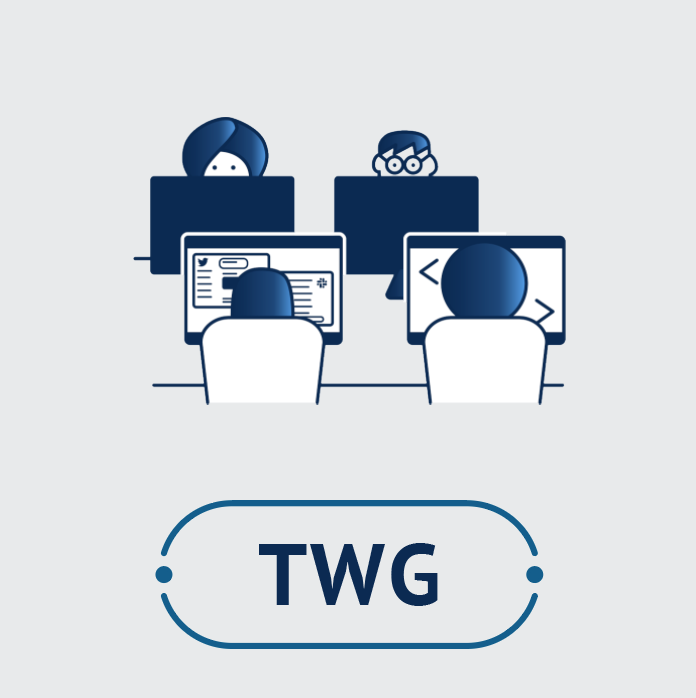Status quo of the material qualities of written artefacts in epigraphic tools and services: checklist and analysis

Aims and Objectives
For decades, digital strategies, methods and resources have been developed to make inscriptions as fully and sustainably accessible as possible. The corresponding relational databases, some of which are well established in their communities, focus primarily on providing the textual information of the inscriptions and making them findable and searchable. In recent years, initiatives have also emerged that are working towards the availability of research data in accordance with the FAIR principles and modelling the content of epigraphic databases for the semantic web on the basis of graphs. The material qualities of the inscriptions and the spatial relationship to the carrier object (the written artefact) usually play a subordinate role.
In accordance with the agreed objectives of the CC Objects as information Carriers, the TWG therefore focuses, on a cross disciplinary level, on the status quo of digital epigraphic tools and services with regard to the modelling of the material qualities of the written/inscribed object. The aim is to gain an overview of the potential for researching material qualities in existing digital resources from a user perspective. Initially, domain specific and interdisciplinary online databases and resources relevant to inscriptions will be compiled and compared. For this purpose, a checklist will be developed that checks for existing, linked or potentially recordable object attributes. In the course of this, applied and suitable structured thesauri for describing the written objects, in particular their material characteristics, will also be collected. The overview of the tools and services will be used to develop a catalogue of criteria with recommendations for the digital object publication of written artefacts, taking into account how the material properties, in particular the spatial relationships between object and inscription, can be appropriately represented.
Intended Work Results
1) Compilation of digital tools and services for the research of written cultural heritage items and categorisation according to 1-5 star criteria and specifications for N4O services.
2) Compilation of an overview of relevant structured thesauri/vocabularies for recording object characteristics.
3) Preparation of a checklist and examination of the compilation of tools and services on the basis of this.
4) Catalogue of criteria for the digital publication of written artefacts with accompanying white paper, which classifies the criteria in the context of research into the material qualities of inscribed/writtenartefacts and outlines them by way of example. To this end, one or more data set excerpts from best practice examples will also be included as examples.